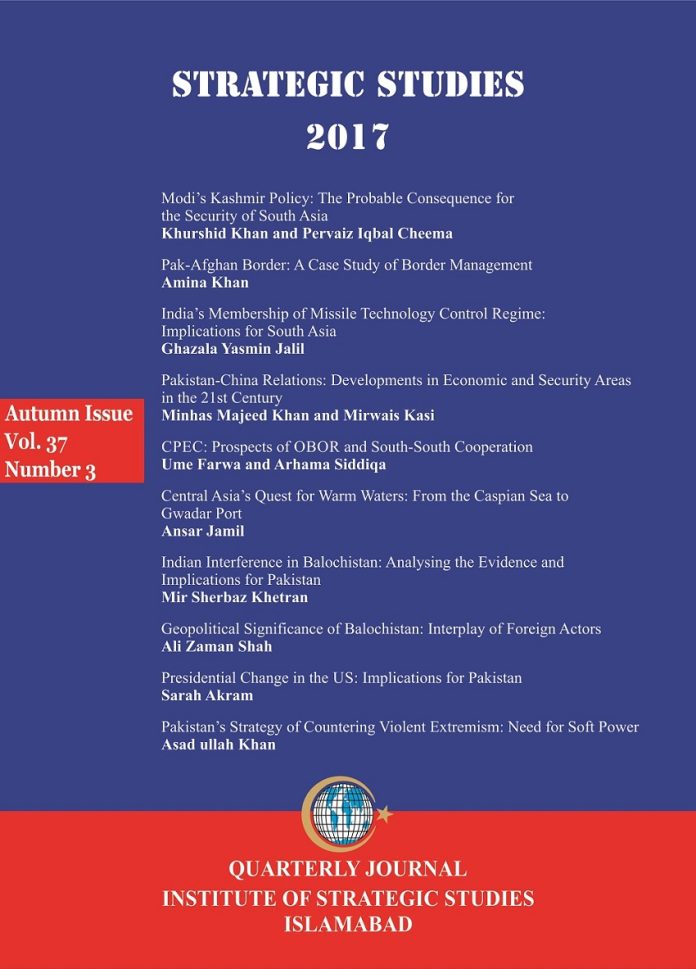Abstract
The controversy surrounding the Pak-Afghan border and its mismanagement continues to be one of the most contentious bilateral issues between Pakistan and Afghanistan. In the recent past, relations between the two neighbours have reached their lowest following a number of clashes along the Pak-Afghan border, which have led to fatalities on both sides. Although internationally the Durand Line is accepted as a recognised border, yet all successive Afghan regimes, including the Taliban have rejected the legality of the border. Since 2012-13, there has been a steady rise in cross-border movement, cross-border attacks and militancy, which has sparked a debate in Pakistan to advocate for effective management and regulation of the Pak-Afghan border. However, all border initiatives proposed by Pakistan have been rejected by Afghanistan. There appears to be a contradiction in the Afghan position. On the one hand, Afghan authorities claim that the Durand Line divides families living on both sides of the border, yet at the same time they continue to accuse Pakistan of interference, supporting the Afghan Taliban, cross-border terrorism, considering Afghanistan its ‘backyard,’ and ‘fifth province.’ The Afghans allege that Pakistan does not respect Afghanistan’s sovereignty. Ironically, whenever Pakistan has raised the issue of border recognition, management or regulation, there has been stern opposition from Afghanistan. Therefore, it is essential that Pakistan and Afghanistan find a mechanism to manage, stabilise and control the unregulated border. This requires an effective border control regime that transforms this historically contentious border into a conduit for cooperation rather than confrontation. This paper focuses on the reasons that have made the Pak-Afghan border so contentious, the steps Pakistan is taking to secure this border, and reasons for Afghan opposition. The paper also suggests a way forward.














